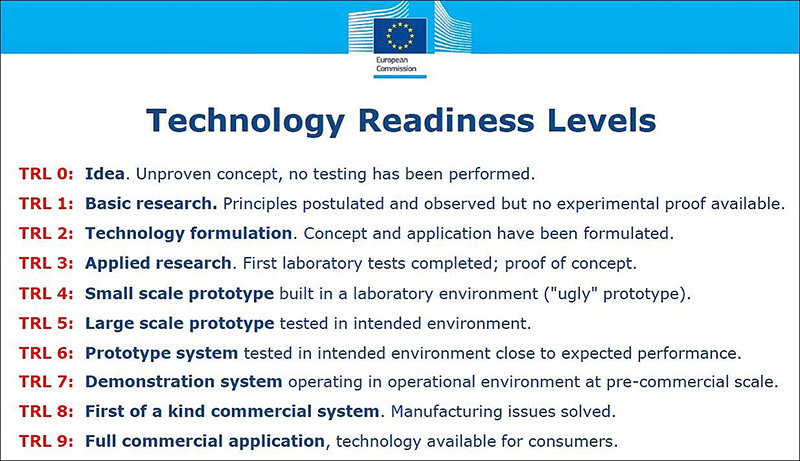Concept & Approach
The current trends in the Earth Observation market for small and medium platforms show a clear increase in the amount of information to be acquired by the different sensors of the satellites. In many cases this is multiplied by the fact that future systems are taking the form of small and medium platform constellations. This is a critical combination as the size of images and the number of sensors increase while the size of platforms, and therefore the power and budget links available for downloading the images, decrease.
On top of that, price, schedule and compactness of the instrument will become a real challenge to handle in order to be eligible to bigger constellation of small and medium platform, without sacrificing the quality of data acquired.
The European industry will also face the problem of the overcrowded low Earth orbit with the need to guaranty that the spacecraft design (including instrument) will be well oriented for demise in the near future in order to not amplifying this phenomenon.
Positionning of the Project
As mentioned in the “LC-SPACE-14-TEC-2018-2019”: The specific challenge is to mature application-oriented technologies in the domains of Earth Observation (EO) which are expected to underpin competitiveness and contribute to the integration of space in society and economy. Thus VIDEO, that is targeting a TRL5/6 (depending on the technologies) for the instrument via the use of cross-cutting technologies such as freeform mirrors and additive manufacturing, is fully in line with the call’s objectives:
The “Cross-cutting innovation” step is a transverse activity linking all the VIDEO technological bricks together so as to capitalize on the optimization opportunities identified through the “Technology development” step and the different results already achieved. Based on the technical know-how of each partner, this capitalization will obviously enable to enrich the different activities foreseen all along the VIDEO project.
But in that case the design driver becomes cost and therefore mass and compactness has to be further optimized (the lighter and smaller the spacecraft, the lower the launch cost). This is where a compact and efficient solution benefiting from freeform mirrors and disruptive additive manufacturing structure can be a valuable asset (higher swath with the same instrument volume for example). Secondly, as the Ground Sampling Distance (the projection of the pixel pitch on ground) is going smaller and smaller due to pixel reduction on new detection matrix solution and due to the willingness to increase the imaging resolution on the instruments, the data volume to download becomes a real problem to handle. In order to anticipate and to solve this new challenge, innovative intelligent algorithm for compression and autonomous system for detection and ranging becomes more and more valuable.
The VIDEO project will finally assess via an end-to-end test the capacity to detect, recognize and track various element in a wide video scene, as well as compress the useful data in order to minimize the downloaded data to the ground.

